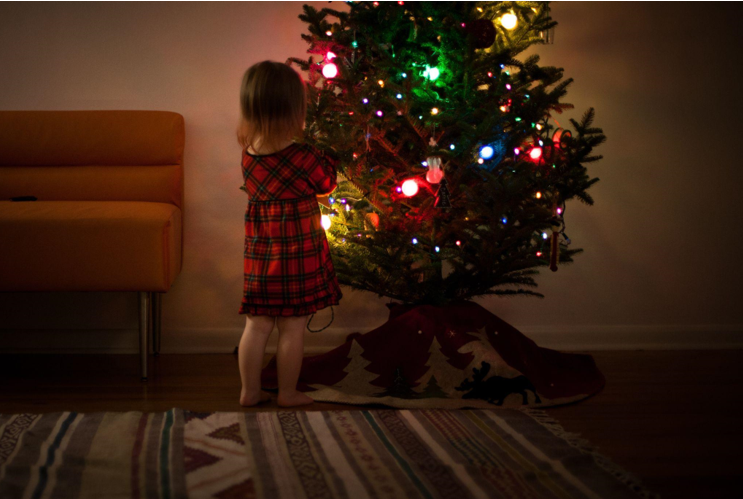The Benefits of Artificial Christmas Trees for the North Pole
As the holiday season approaches, the North Pole becomes a bustling activity center as Santa Claus and his elves prepare to deliver gifts worldwide. One essential part of this preparation involves decorating the North Pole and Santa’s workshop with festive decorations and Christmas trees. While live trees have traditionally been the norm, artificial trees have become increasingly popular in recent years. And for good reason.
One of the primary benefits of artificial Christmas trees is their durability. Unlike live trees, which can become dry and brittle, artificial trees can withstand years of use without losing shape or color. This is particularly important in the North Pole, where temperatures can be harsh and natural tree growth is limited. With artificial trees, the North Pole can have beautiful and festive decorations year after year without relying on new trees being grown.
Another benefit of artificial trees is their convenience. As anyone who has ever had to transport a live Christmas tree knows, it can be cumbersome and messy. But with artificial trees, this isn’t a concern. They can be easily stored for the off-season, then quickly unpacked and assembled when it’s time to decorate for Christmas. This saves Santa and his team of elves valuable time and energy that could be better spent on other essential preparations for the holiday season.
Environmental Considerations for Artificial Christmas Trees
While the benefits of artificial Christmas trees are clear, it’s also essential to consider their environmental impact. After all, the North Pole is one of the most vulnerable ecosystems in the world, and any decision made there has the potential to impact the entire planet.
The good news is that modern artificial trees are much more eco-friendly than older models. Many are now made of recycled materials, and newer models are designed to be more realistic, meaning they can be used for more extended periods without feeling like a cheap plastic replica of a live tree. Additionally, artificial trees can be used repeatedly for years, meaning fewer trees must be cut down yearly for decoration.
However, it’s important to note that the disposal of artificial trees still has an environmental impact. Most artificial trees cannot be recycled and must be disposed of in landfills, which can take hundreds of years to decompose. As such, it’s essential to consider artificial trees’ environmental impact when purchasing.
This holiday season, as you decorate your home with jingle bells and Christmas trees, take a moment to consider the impact of your decorations on the environment. And remember the hardworking elves and Santa Claus at the North Pole, whose jobs are made easier thanks to the durability and convenience of artificial Christmas trees.


